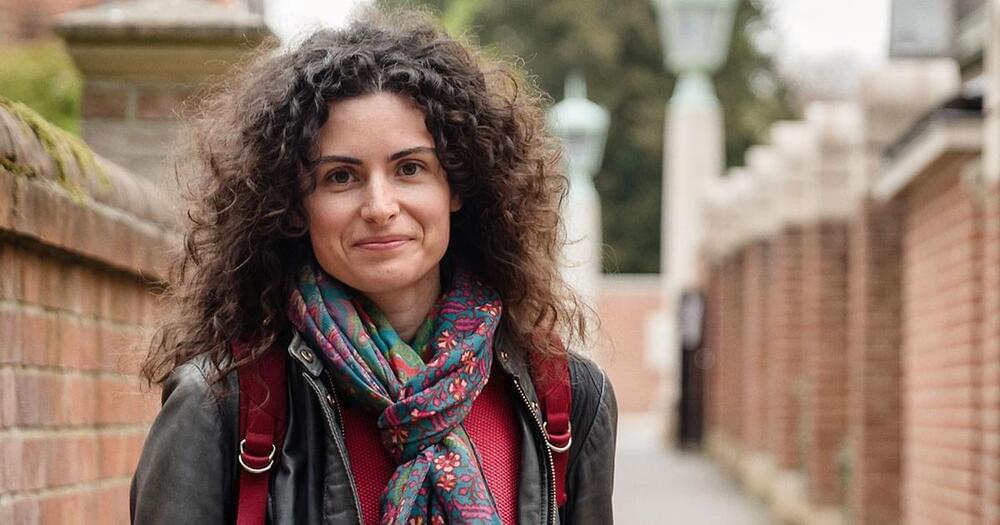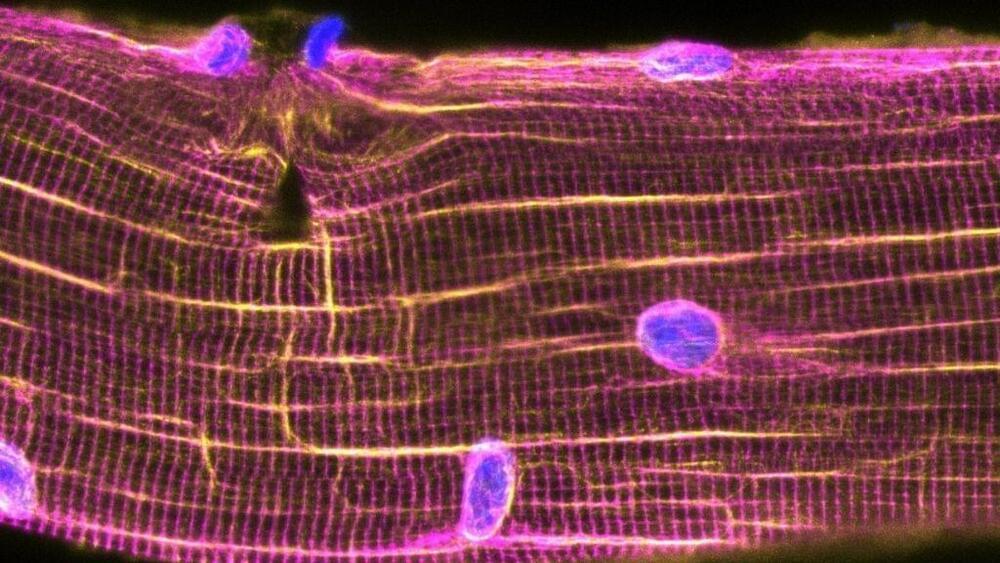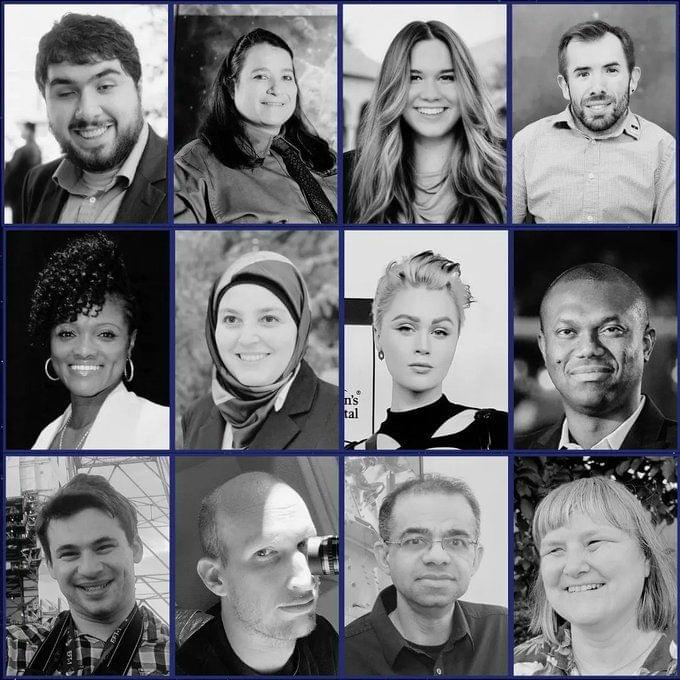Cryptocurrency is viewed positively by some investors as a means of eradicating economic disparity. Authorities worldwide are debating how to manage the disruption it may bring. Tesla and SpaceX creator Elon Musk advised governments against attempting to “destroy” them. However, he agreed that they can halt its progress.
The LCLS-II will be the world’s brightest x-ray laser when it delivers “first light” in the early 2020’s. With this superconducting accelerator online, scientists will be able to see the hidden world of atoms and molecules like never before.
» Subscribe to Seeker! http://bit.ly/subscribeseeker.
» Watch more Focal Point | https://bit.ly/2s0cf7w.
» Visit our shop at http://shop.seeker.com.
Cover image credit: Nathan Taylor.
The LCLS is short for the Linac Coherent Light Source. It’s the world’s first hard x-ray free electron laser. The LCLS uses a particle accelerator to fire extremely bright electrons to create fast pulses of hard x-rays, which is why the machine is called an x-ray laser.
At the time of its first light in 2,009 the Linac Coherent Light Source generated x-ray pulses a billion times brighter than anything around. The LCLS is a tool unlike anything before it. We’re able to deliver these pulses of x-rays in one millionth of one billionth of a second.
The LCLS maxes out at 120 pulses per second. So to see the ultra small world like never before, scientists and engineers are building something new. The LCLS-II is going to take the free electron laser field up another quantum leap. This will be unprecedented and will allow for a beam that’s 8,000 times brighter than the LCLS beam and running at this million pulses per second.
#laser #xray #technology #seeker #science #focalpoint.
IoT news of the week
Posted in robotics/AI, satellites
A company building chips designed for AI at the edge gets $136M: There’s no shortage of funds for any chip firm building processors for AI. After a desert of chip funding in the mid-aughts, I’m grateful for it, but it’s an overwhelming amount of money…
Tiny satellites and radios made for tracking big animals: This article is really interesting and shows just how small but powerful tracking devices have become when it comes to keeping an eye on the animal population. For example, not too long ago a tracking device meant for specific sharks would cost $10,000. These days? Open source projects combined with low-cost radios drop the price to just over a tenth of that. These aren’t just for the biggest of the big, though. One researcher at Yale has attached small “backpacks” weighting just 3.5 grams to 55 American robins to follow their migration path and time. Aside from the decreased price of the radio technology, it’s impressive how this community is working together on a common problem. (Washington Post) — Kevin C. Tofel.
IoT Evolution World magazine announced today the recipients of their 2021 IoT Edge Computing Excellence Awards. This award recognizes the companies emerging as leaders in the growing edge computing space…
“Innovation in edge computing is separating the good from the great, pretenders and contenders,” said Moe Nagle, Editorial Director for IoT Evolution. “In selecting the winners, it is easy to see why these companies and their solutions have risen to the top.”
Chiara Marletto is trying to build a master theory — a set of ideas so fundamental that all other theories would spring from it. Her first step: Invoke the impossible.
China is losing the most basic necessity of human civilisation-electricity. Till now, we only knew how the Chinese steel mills, aluminum manufacturing and power sector may be suffering in lack of thermal coal. However, China’s power woes could be much bigger and brutal than what we imagined.
Javier Blas, Chief Energy Correspondent at Bloomberg News, tweeted, “CHINA ENERGY CRUNCH: The electricity shortages in China are worsening, and widening geographically. It’s getting so bad Beijing is now asking some food processors (like soybean crushing plants) to shut down.” A report says, “from aluminum smelters to textiles producers and soybean processing plants, factories are being ordered to curb activity or — in some instances — shut altogether.
Exercise leaves muscles riddled with microscopic tears, so after a rigorous workout, the control centers of muscle cells — called nuclei — scoot toward these tiny injuries to help patch them up, scientists recently discovered.
In the new study, published Oct. 14 in the journal Science, researchers uncovered a previously unknown repair mechanism that kicks in after a run on the treadmill. Striking images show how, shortly after the exercise concludes, nuclei scuttle toward tears in the muscle fibers and issue commands for new proteins to be built, in order to seal the wounds. That same process likely unfolds in your own cells in the hours after you return home from the gym.
The AstroAccess initiative is working to advance disability inclusion in space.
Twelve disability ambassadors will fly weightlessly on Sunday (Oct. 17) as part of an initiative to advance disability inclusion in space.
AstroAccess, the latest mission from the SciAccess Initiative, which aims to make STEM (science, technology, engineering and mathematics) more accessible, will fly a crew of 12 disability ambassadors on a weightless parabolic flight. The flight will take off on Sunday from Long Beach, California, aboard Zero Gravity Corporation’s (Zero-G) “G-Force One” plane, which flies in a parabolic arc pattern that creates short periods of weightlessness in its cabin.









